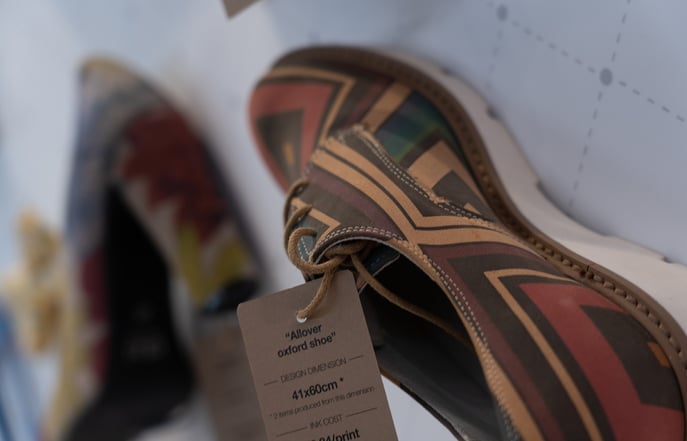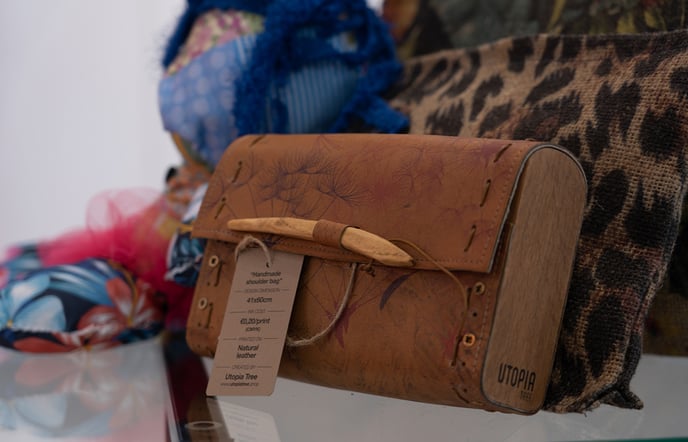A guide on printing directly on natural leather with the use of the TexJet series printers.
Leather is a natural material used for clothing and is considered a statement piece for your wardrobe. Custom leather is a great way to create a unique piece, using your own artwork or designs, and that can be achieved by taking advantage of dtg printing technology. This way vast variety of products can be printed, from typical jackets and trousers up to bags and even shoes!

In order for leather textile to be compatible with the digital printing process, it must be of natural origin (animal skin) and not synthetic. In addition, it should be free of any treatment coatings, otherwise you will receive minimum printability and a very poorly printed outcome.
In order to print on leather successfully, follow the steps below:
Step 1
Mount the suitable platen on the printer, according with the dimensions of the fabric and the design that you want to print.
Step 2
Due to the rigidness of leather, a frame is not recommended as it will create folds that may cause unevenness on the whole surface. For that reason, prepare the platen’s surface with fabric glue, so the leather sticks to the surface and the chance of moving during printing is eliminated.
Step 3
Place the fabric on the platen and make adjustments by pressing it on the platen in order to keep the surface flattened. Perform the Auto Height Adjustment process.
Step 4
Select the design you want though the RIP software. Make sure that you choose the suitable template for your selected platen size.
Basic printing process with Digital Factory Apparel Polyprint Edition v10
Step 5
Start printing and enjoy the process! Any design can easily be reproduced on leather and make it stand out.
Step 6
When printing is finished, carefully remove the fabric from the platen.
Step 7

Let the fabric airdry an efficient time before proceeding with sewing. Leather textiles are not subjected to heat curing.
Tips:
- Leather fabric requires minimum ink quantity; hence you can choose the Speed resolution print mode for a quick and economical production run.
- After the printing and airdrying procedure, you may use a waterproof coating that will protect the print from fading out.
-1.png?height=120&name=Polyprint%20Logo%20(Dark)-1.png)